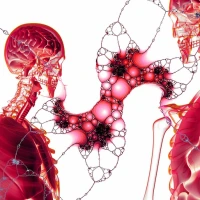Central Chemoreceptor vs Peripheral Chemoreceptor in Respiration [Biology, MCAT, USMLE]
There are two types of chemoreceptors that help control and regulate our respiratory rate: 1) central chemoreceptors and 2) peripheral chemoreceptors. Both central chemoreceptors and peripheral chemoreceptors send signals to the main respiratory center in the brain that unconsciously tells our bodies to increase or reduce pulmonary ventilation. In this lesson, we describe the differences and similarities of central chemoreceptors and peripheral chemoreceptors for the pulmonary system.












